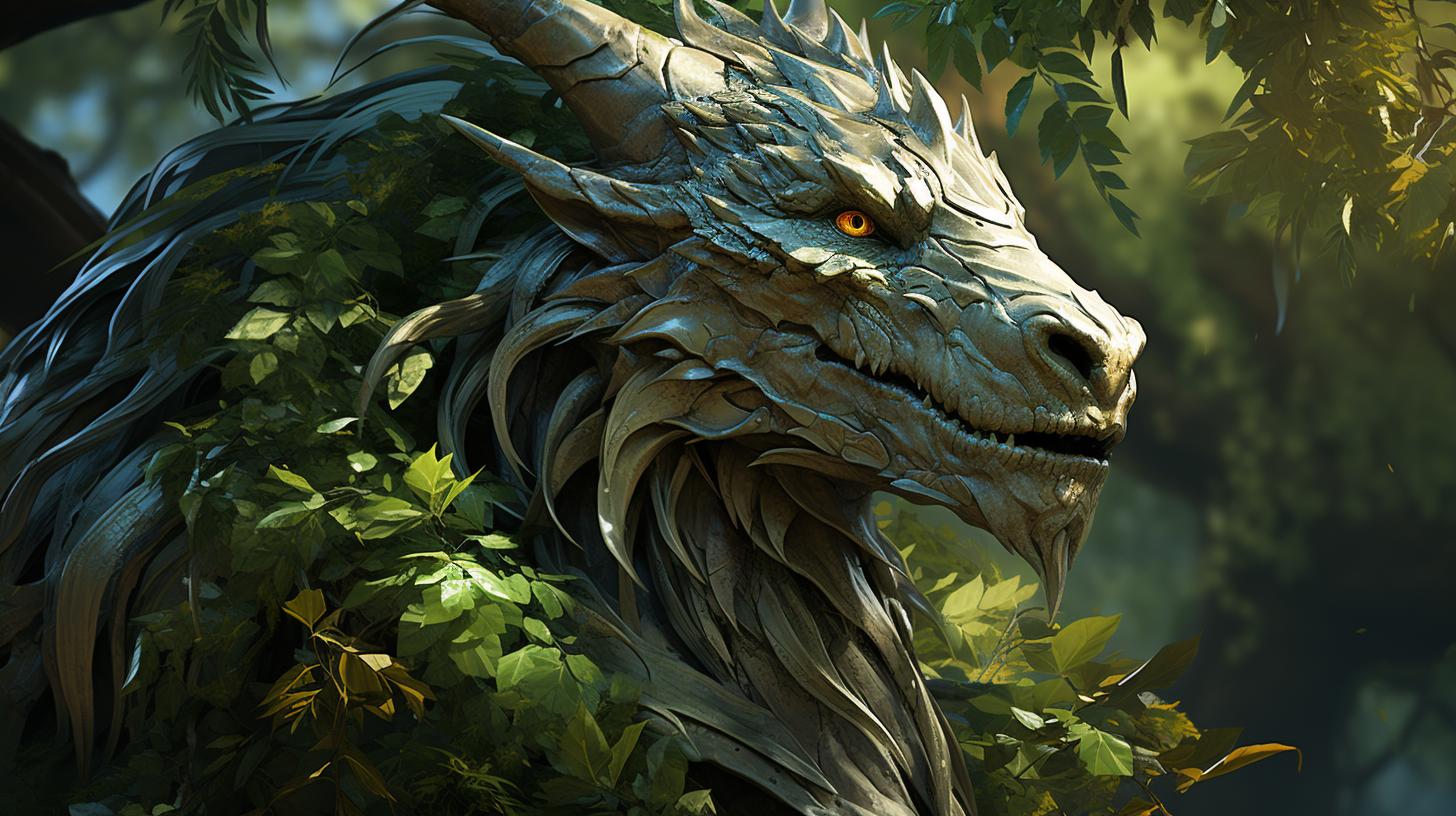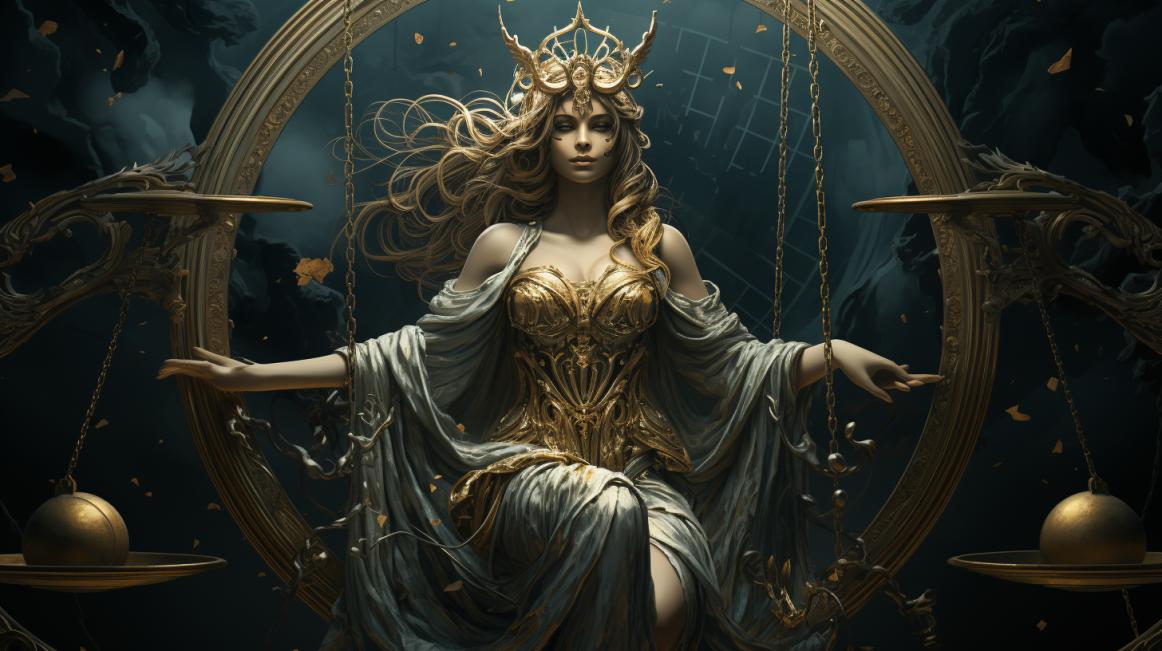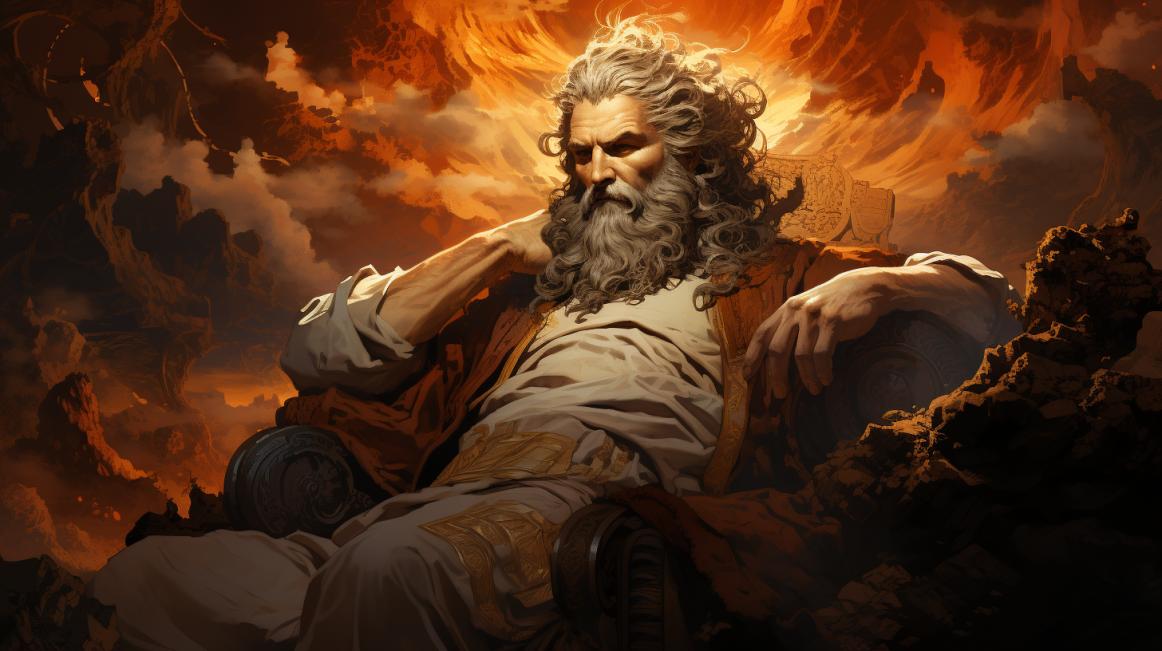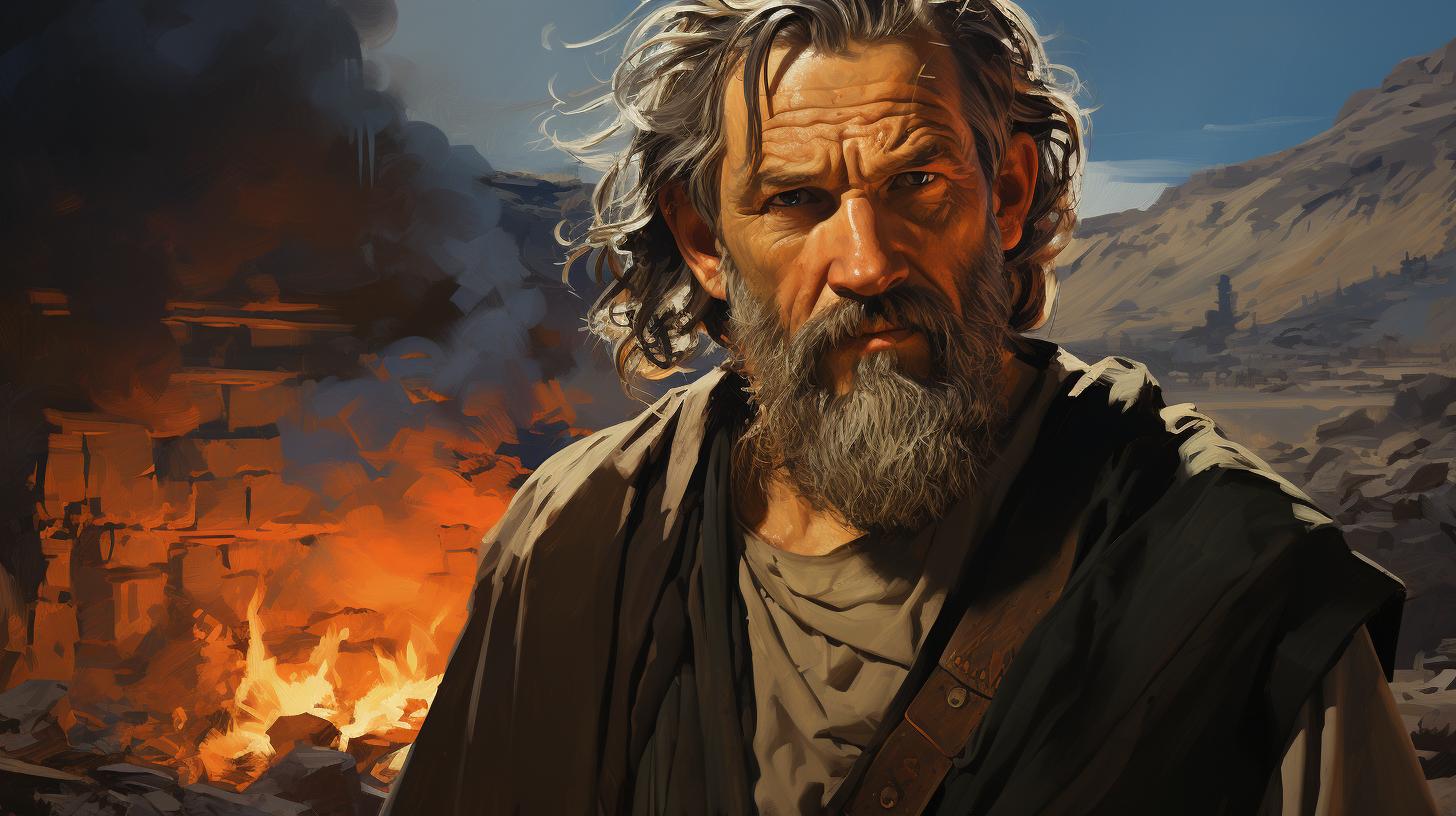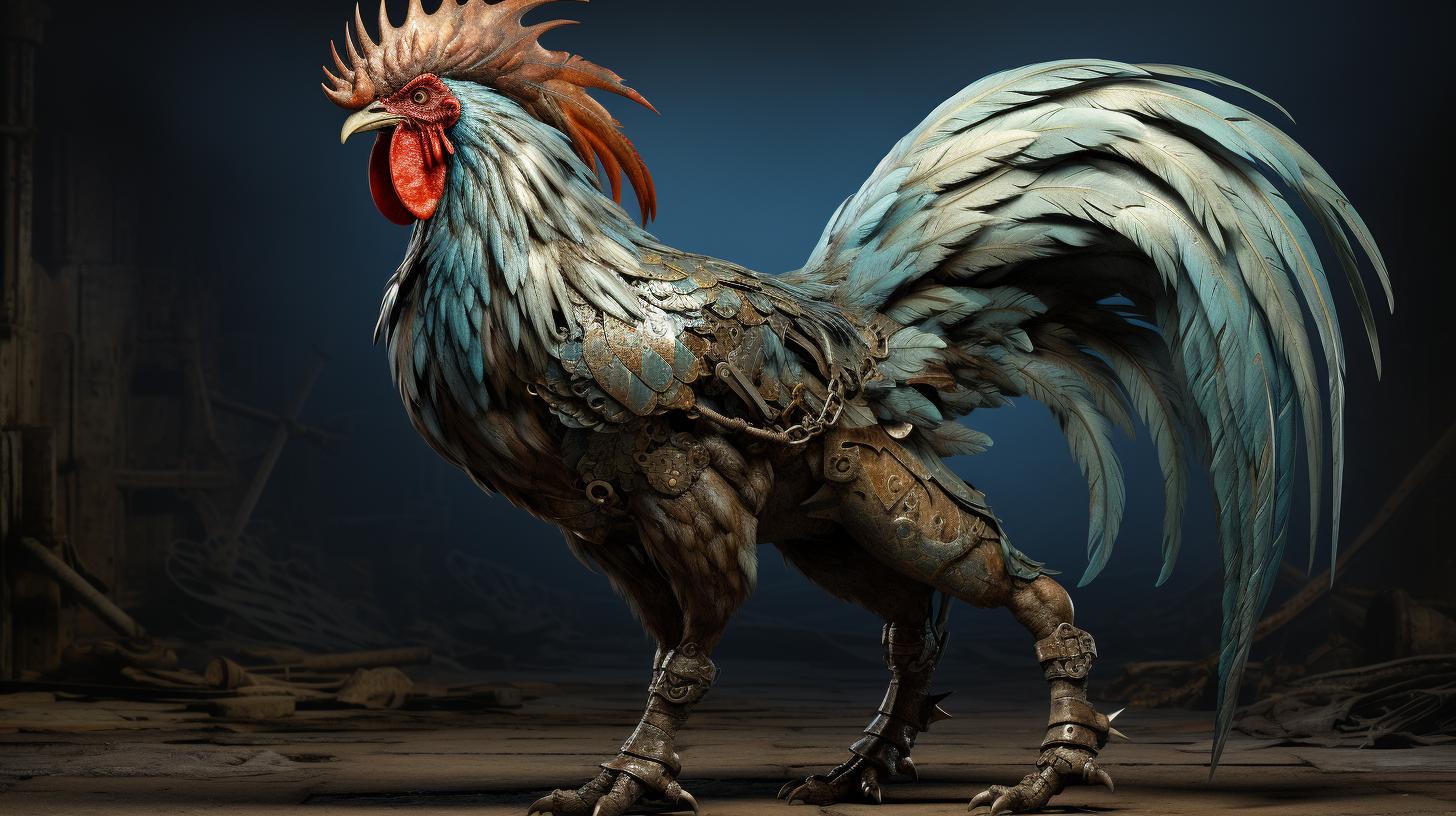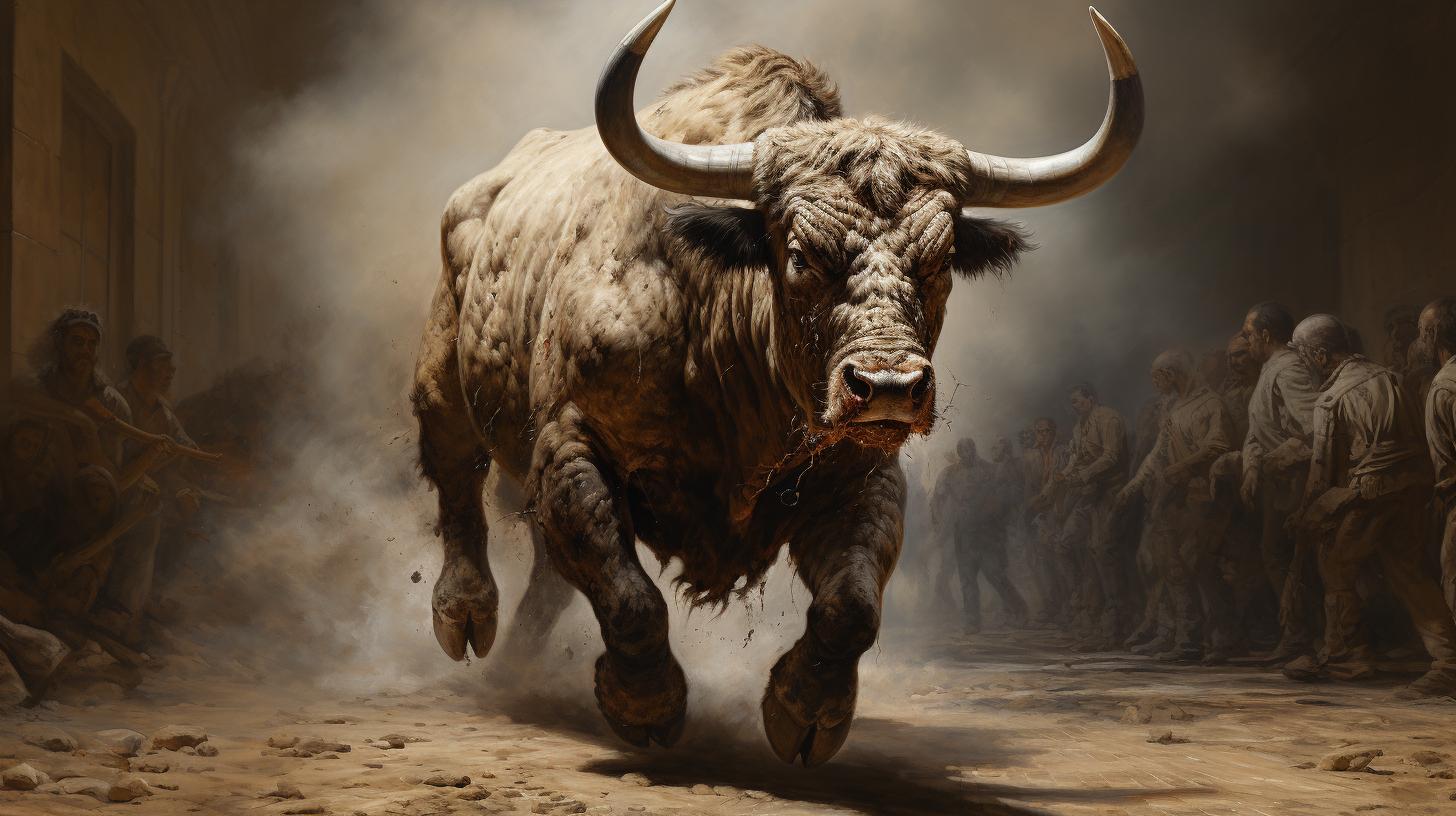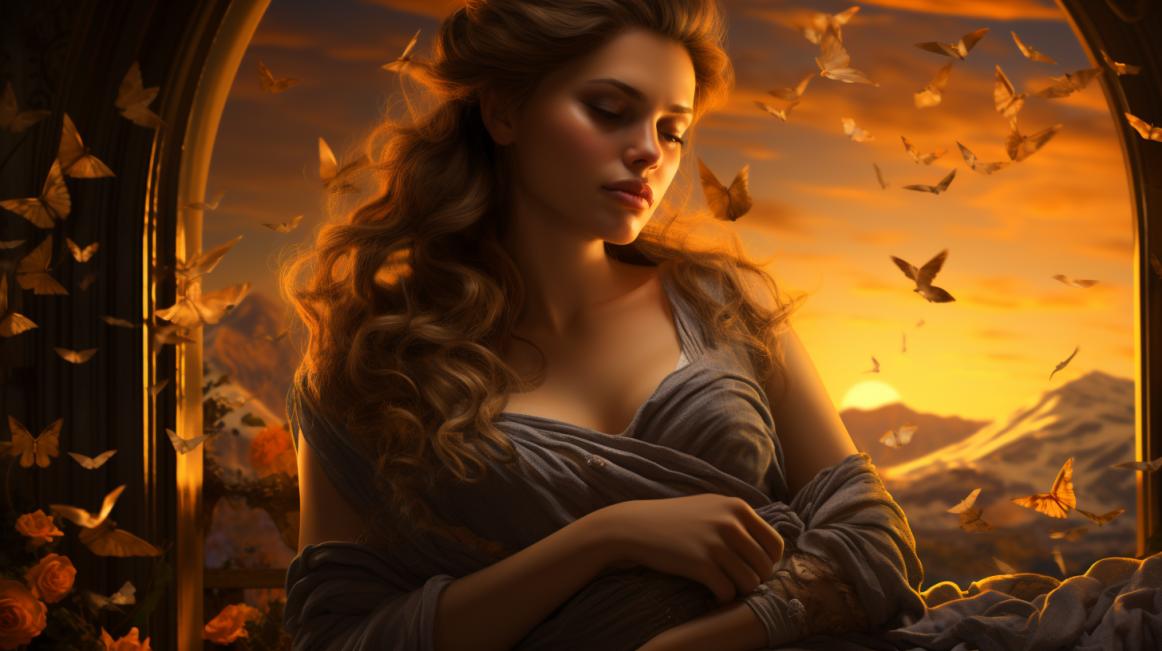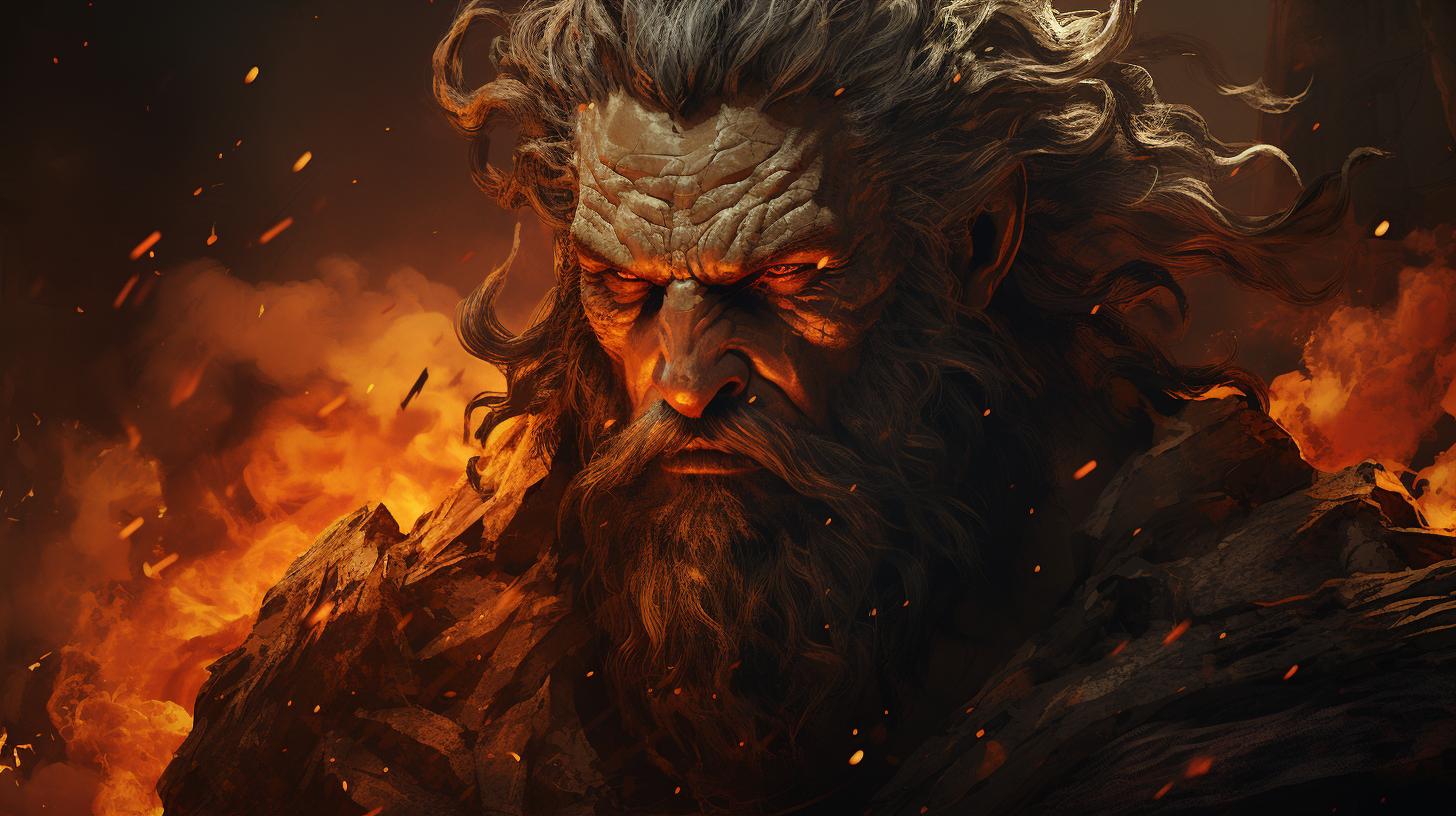Dracaena Greek Mythology
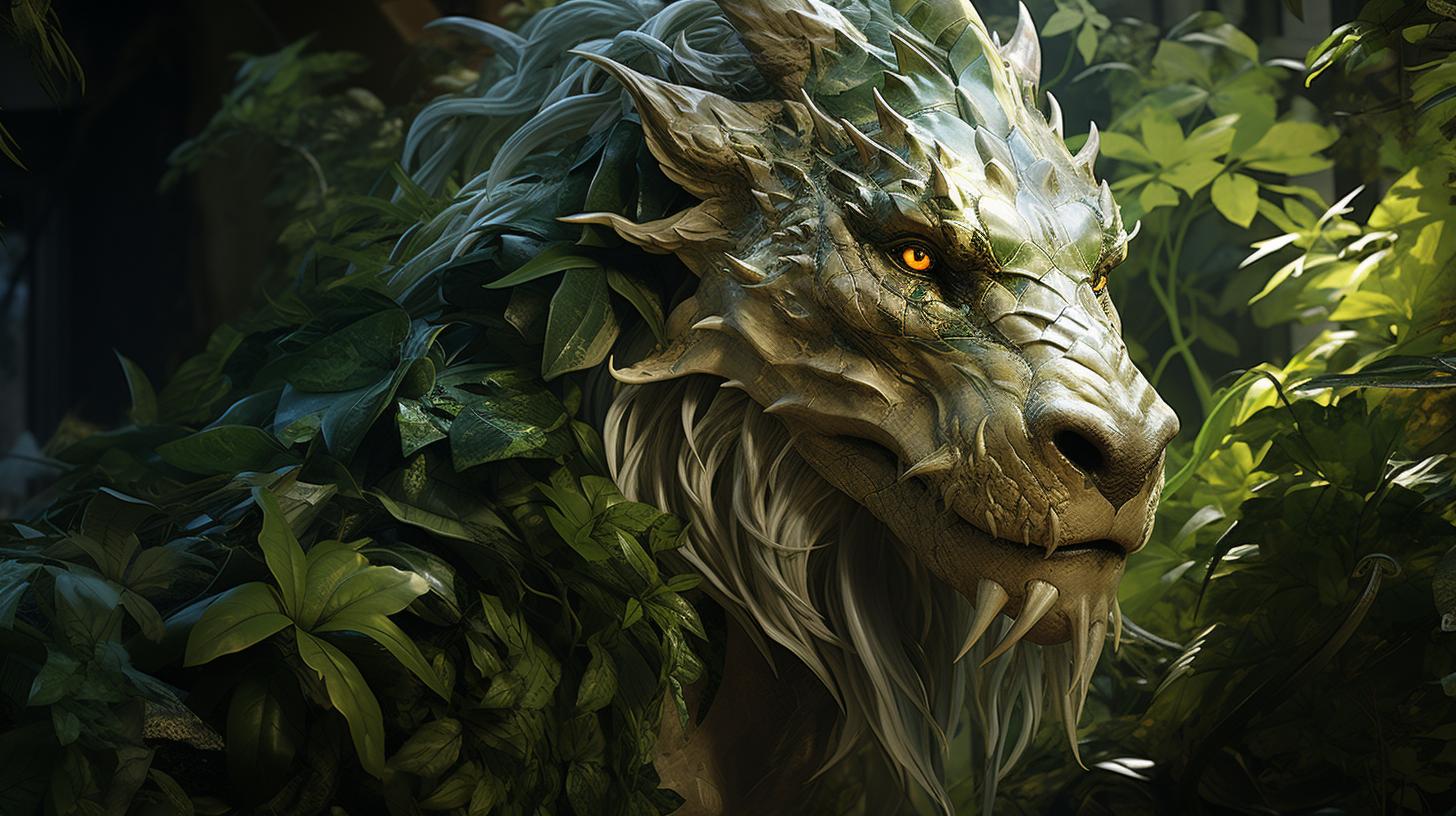
Dracaena Greek mythology explores the fascinating world of the Drakainas – serpent-women in ancient Greek mythology. From their origins and descriptions to their role in Greek legends, these mythical creatures captivate our imagination.
Discover the connections between Drakainas and dragons, as well as their encounters with gods like Apollo. We’ll also delve into their presence in popular culture, including their appearances in the ‘Percy Jackson & the Olympians’ series.
Join us on this journey through the rich mythology surrounding Dracaena and the intriguing stories of the Drakainas.
The Legend of the Drakaina: Ancient Greek Mythological Creatures
The world of Greek mythology is filled with fascinating creatures, and one such captivating figure is the Drakaina. This mythical being holds a unique place in ancient Greek folklore, known for its enchanting and mysterious nature.
Origins and Description of the Drakaina
The Drakaina is depicted as a female creature with the upper body of a woman and the lower body of a snake. This intriguing combination symbolizes both beauty and danger, representing the duality of its character.
Legend has it that the Drakaina was the first ruler of the land of Skythia, exhibiting dominance and power over the realm. With her serpentine tail, she commanded the attention and respect of those around her.
Drakainas in Greek Mythology: Stories and Legends
The Drakainas held a significant place in Greek mythology, featuring in various tales and legends. One such story involves the hero Heracles, who encountered the Drakaina during his journey through the kingdom of Skythia.
According to the myth, the Drakaina stole a portion of Heracles’ cattle and demanded that he lay with her as a condition for their return. Heracles reluctantly agreed, resulting in the birth of a lineage of kings in Skythia.
Aside from this notable tale, there are other lesser-known stories involving Drakainas. Argive Echidna, for instance, terrorized the lands of Argos and Arcadia until she was slain by the giant Argos Panoptes.
Poine, a Drakaina summoned by Apollo to avenge her slain son, also hailed from the underworld.
These captivating narratives explore the significance of Drakainas in Greek mythology, shedding light on their complex nature and the role they played in shaping ancient Greek folklore.
Exploring the Hydra: Percy Jackson’s Encounter
In the world of Greek mythology, one of the most intriguing creatures is the Hydra, and Percy Jackson’s encounter with this formidable beast is a tale worth exploring. In the popular book series ‘Percy Jackson & the Olympians,’ written by Rick Riordan, Percy finds himself face-to-face with the Hydra during his quests as a demigod.
The Hydra is depicted as a multi-headed serpent-like monster with regenerative abilities. According to the ancient myths, cutting off one of its heads would result in the growth of two more in its place.
This made the Hydra an incredibly challenging adversary.
Percy’s encounter with the Hydra takes place during his first quest, where he must retrieve Zeus’ stolen lightning bolt. The Hydra is sent by Hera, the queen of the gods, to test his abilities and determination.
In a battle of strength and wit, Percy faces the Hydra head-on, employing his demigod powers and relying on his companions for support.
As the battle unfolds, Percy realizes the true nature of the Hydra’s strength.
To defeat this mythical monster, he devises a plan to cauterize each stump after cutting off a head, preventing its regeneration. This strategy proves successful, allowing Percy to emerge victorious and continue his quest.
Through Percy Jackson’s encounter with the Hydra, we witness the thrilling combination of ancient mythology and modern storytelling. This gripping tale showcases the hero’s bravery and resourcefulness, captivating readers and immersing them in the world of Greek mythology.
Dracaenae: Female Serpent-Women in Greek Mythology
Echidna: The Mother of All Monsters
In Greek mythology, Echidna is a prominent Dracaena known as the mother of all monsters. She is depicted as a half-woman, half-snake creature, with a beautiful upper body and a scaly serpentine lower body.
Echidna married the giant monster Typhon and together they gave birth to a multitude of fearsome creatures, including Cerberus, the three-headed dog guarding the gates of the Underworld, and the Chimera, a fire-breathing hybrid beast.
Scylla and Other Dracaenae in Greek Mythology
Scylla is another notable Dracaena in Greek mythology. She was originally a beautiful nymph who caught the attention of the sea god Poseidon. But when Poseidon’s wife, Amphitrite, discovered their affair, she transformed Scylla into a terrifying creature with six heads and twelve legs, each ending in a ravenous dog’s head.
Scylla’s monstrous form turned her into a formidable sea monster, forever lurking in a treacherous narrow strait.
In addition to Echidna and Scylla, Greek mythology is filled with other Dracaenae.
These serpent-women often possessed both monstrous and feminine qualities, captivating with their allure while instilling fear with their serpentine forms. Legends and stories speak of brave heroes encountering these formidable creatures, facing their wrath and cunning nature.
These Dracaenae, through their powerful presence and unique characteristics, have left an indelible mark on Greek mythology, showcasing the fusion of beauty and danger that defined the ancient world’s perception of these serpent-women.
- Echidna, known as the mother of all monsters, gave birth to creatures like Cerberus and the Chimera.
- Scylla, once a nymph, was transformed into a fearsome sea monster with six heads and twelve legs.
- Other Dracaenae in Greek mythology demonstrated a mix of beauty and terror, making them intriguing and formidable figures.
The Connection Between Drakainas and Dragons in Ancient Mythology
The intertwining of Drakainas and dragons in ancient Greek mythology offers a fascinating connection between these mythical beings.
While Drakainas were serpent-women, dragons were formidable creatures often depicted as large, winged serpents with scaly bodies and fiery breath. Despite their distinct appearances, both Drakainas and dragons played significant roles in Greek mythologies.
One possible link between Drakainas and dragons lies in their common association with chaos and destruction. Ancient Greeks believed that these powerful beings represented the chaos and unpredictability of the natural world.
Stories often showcased their immense strength and ability to cause havoc.
Mythical encounters between heroes and Drakainas, such as Heracles’ encounter with the Drakaina during his journey with Gerion’s cattle, further exemplify the connection.
These narratives demonstrate the heroes’ bravery and ability to triumph over the formidable foes, highlighting the mythical significance of these encounters.
Dragons, on the other hand, featured prominently in tales of heroic quests and battles against formidable adversaries.
The most famous example is the Hydra, a multi-headed dragon-like creature that emerged as one of Heracles’ most challenging opponents. The battle with the Hydra symbolized the hero’s triumph over chaos and his ability to restore order.
Additionally, both Drakainas and dragons were associated with the divine. In Greek mythology, dragons were often depicted as guardians of treasures and sacred places. Similarly, Drakainas were sometimes affiliated with deities, fulfilling their desires and exacting revenge on their behalf.
While the specific connections between Drakainas and dragons may vary across different tales and interpretations, it is evident that these mythical beings share a common thread in ancient Greek mythology.
Their fearsome nature, links to chaos and destruction, and association with the divine make them captivating characters in the rich tapestry of Greek folklore.
Apollo and the Drakainas: Mythical Encounters and Revenge
In Greek mythology, Apollo, the god of music and prophecy, had various encounters with the Drakainas, the serpent-women of ancient lore.
These mythical beings, with the upper bodies of women and the lower bodies of serpents, captivated the imagination of the ancient Greeks. Their encounters with Apollo often involved tales of revenge and divine intervention.
The Wrath of Apollo
One notable encounter between Apollo and the Drakainas occurred when the god sought revenge for the death of his son. Apollo summoned a Drakaina named Poine, who emerged from the underworld.
Tasked with avenging the death of Apollo’s son, Poine unleashed her serpentine powers upon those responsible, bringing forth a relentless wrath.
The Battle with Python
Another renowned episode involving Apollo and the Drakainas was the battle with Python, a monstrous serpent born from the earth. Python, believed to be an offspring of Echidna, posed a threat to the Delphi Oracle.
With his bow and arrows, Apollo courageously confronted the fearsome creature and ultimately prevailed, bringing an end to Python’s reign of terror.
The Symbolic Connection
The encounters between Apollo and the Drakainas hold symbolic significance in Greek mythology. The serpent-women represent the darker aspects of nature and the ever-present forces of chaos. Their clashes with Apollo symbolize the struggle between order and chaos, with Apollo embodying the forces of light, reason, and civilization.
Influence on Art and Literature
Apollo’s encounters with the Drakainas have inspired numerous works of art and literature throughout history. Their confrontations and the themes they represent have been depicted in sculptures, paintings, and epic poems.
These tales continue to captivate artists and audiences, showcasing the enduring influence of Drakainas in the realm of mythology.
The Dracaena in Popular Culture
The intriguing mythology of the Dracaena has made its way into popular culture, leaving its mark in various forms of artistic expression. Let’s explore two notable examples that showcase the presence of Dracaena in contemporary media.
6.1. Dracaena in ‘Percy Jackson & the Olympians’
Percy Jackson & the Olympians, a popular book series written by Rick Riordan, brings the Dracaena to life within its pages. In this captivating series, Dracaena takes form as a dragon-woman character known as Dracaena.
This intriguing figure adds depth and mystery to the epic adventures of Percy Jackson and his friends as they navigate the world of Greek mythology.
The inclusion of Dracaena in the series exemplifies the enduring allure and fascination surrounding these mythical serpent-women.
Their presence adds an element of danger, beauty, and mythical prowess to the captivating narrative of the Percy Jackson & the Olympians series.
6.2. Drakaina: The French Model and Actress
In the realm of real-world popular culture, we encounter the enigmatic figure of Drakaina in the form of a French model and actress. Born in 1975, this talented individual bears the name that harkens back to the ancient serpent-women of Greek mythology.
While her connection to the mythical Drakainas may be symbolic or coincidental, she, like the Drakaina of old, captivates audiences with her captivating presence and beauty. Her name serves as a reminder of the enduring impact of Greek mythology on contemporary culture, inspiring artistic expressions in unexpected ways.
The presence of Dracaena in popular culture, whether through literature or real-world personas, highlights the ongoing fascination and relevance of these mythical serpent-women in modern times. Their enduring allure continues to captivate imagination, proving that the legacy of Drakainas extends beyond ancient mythological tales.
Dracaena, Drakainas, and Dragon: Exploring the Terminology
Within the realm of Greek mythology, the terms ‘Dracaena’, ‘Drakainas’, and ‘Dragon’ hold significant meaning and symbolism. At first glance, they may appear interchangeable, but upon closer examination, their nuances and distinctions come to light.
Similarities and Differences between Drakainas and Dragons
While both Drakainas and Dragons exist within mythical narratives, they possess distinct attributes and origins. Drakainas, as depicted in Greek mythology, are serpent-like beings with the upper bodies of women and snake tails.
In contrast, Dragons are typically portrayed as large, winged creatures with scaly bodies and the ability to breathe fire.
Despite their physical disparities, Drakainas and Dragons share some commonalities. Both are considered powerful beings with formidable characteristics.
They often represent aspects of chaos and destruction in ancient mythologies worldwide. Additionally, both creatures captivate human imagination and have been featured prominently in various cultural depictions.
Drakainas in Greek Mythology: Stories and Legends
Throughout Greek mythology, Drakainas feature prominently in stories and legends, captivating audiences with their serpentine allure.
These mythical beings provoke awe and fear simultaneously, embodying both beauty and monstrous qualities. Their tales are interwoven with the exploits of heroes and gods, leaving a lasting imprint on the mythological landscape.
Dragons in Mythology: Role and Symbolism
Dragons, on the other hand, are prevalent in numerous mythologies worldwide, representing primal forces and cosmic powers. Often portrayed as guardians, they are associated with wisdom, strength, and occasionally malevolence. In various cultures, Dragons symbolize prosperity, luck, and the eternal cycle of life.
The Role of Dracaena in Ancient Greek Mythology
Within ancient Greek mythology, Dracaena holds a multifaceted role with significant symbolism. It represents a bridge between the human and the serpentine, intertwining beauty, allure, and danger. Dracaena serves to connect different aspects of the ancient Greek mythical narrative, linking diverse characters, stories, and realms.
Beyond its role in breeding creatures like the Drakainas, the term Dracaena anchors Greek mythology to broader folkloric traditions. Its inclusion in ancient tales offers a sense of continuity and familiarity.
Furthermore, the term’s presence illustrates the ancient Greek writers’ inclination to incorporate established motifs, ensuring a harmonious blend of past and present narratives.
- The captivating allure: Dracaena’s association with enchanting and dangerous beauty
- The bridging of realms: Dracaena’s role in connecting different characters and stories
- The continuity of tradition: Dracaena’s place within broader folkloric narratives
By exploring the terminology surrounding Dracaena, Drakainas, and Dragons, we gain profound insights into the intricate tapestry of Greek mythology.
Their unique qualities, shared characteristics, and symbolism add depth and richness to the ancient tales that continue to captivate and inspire us today.

